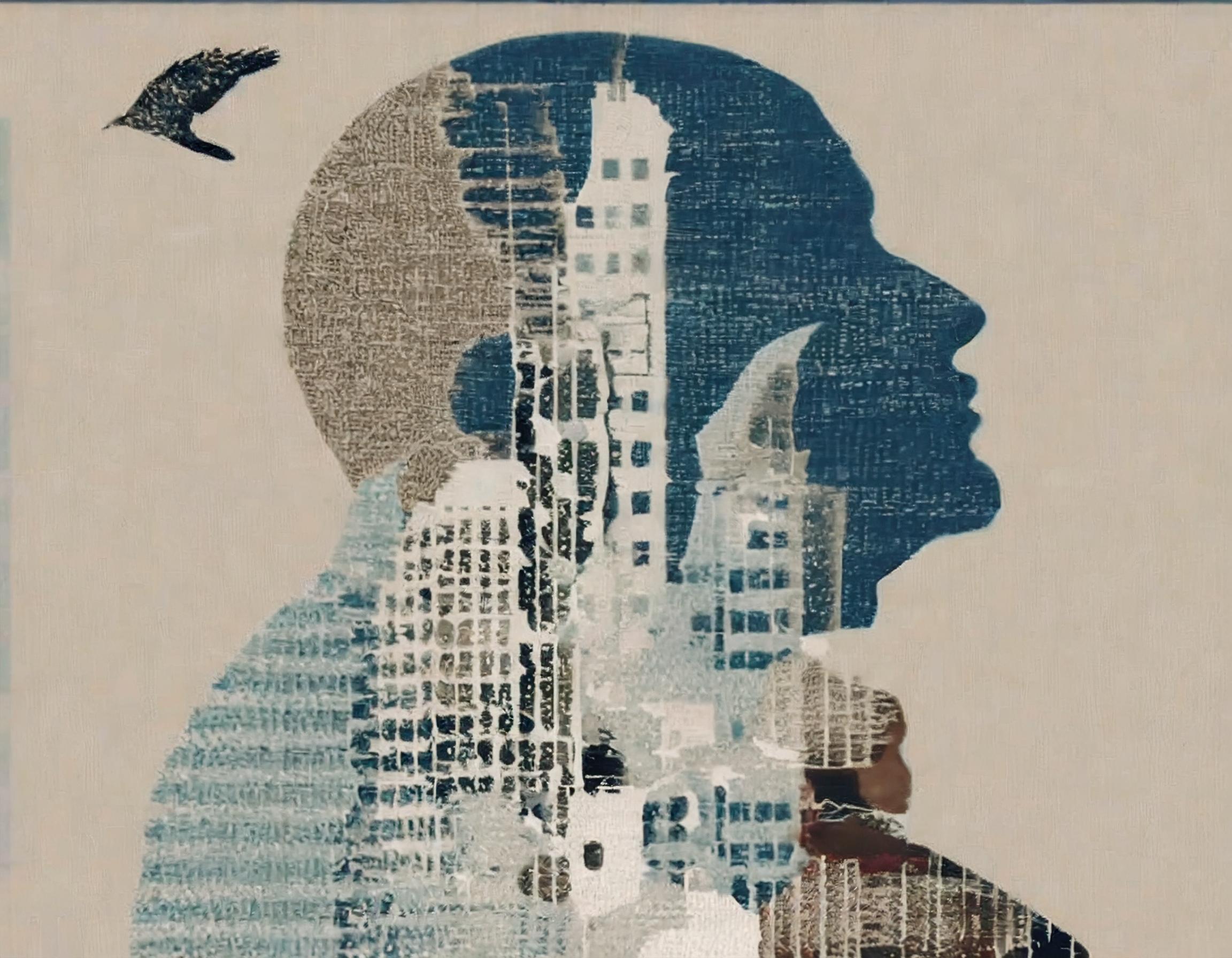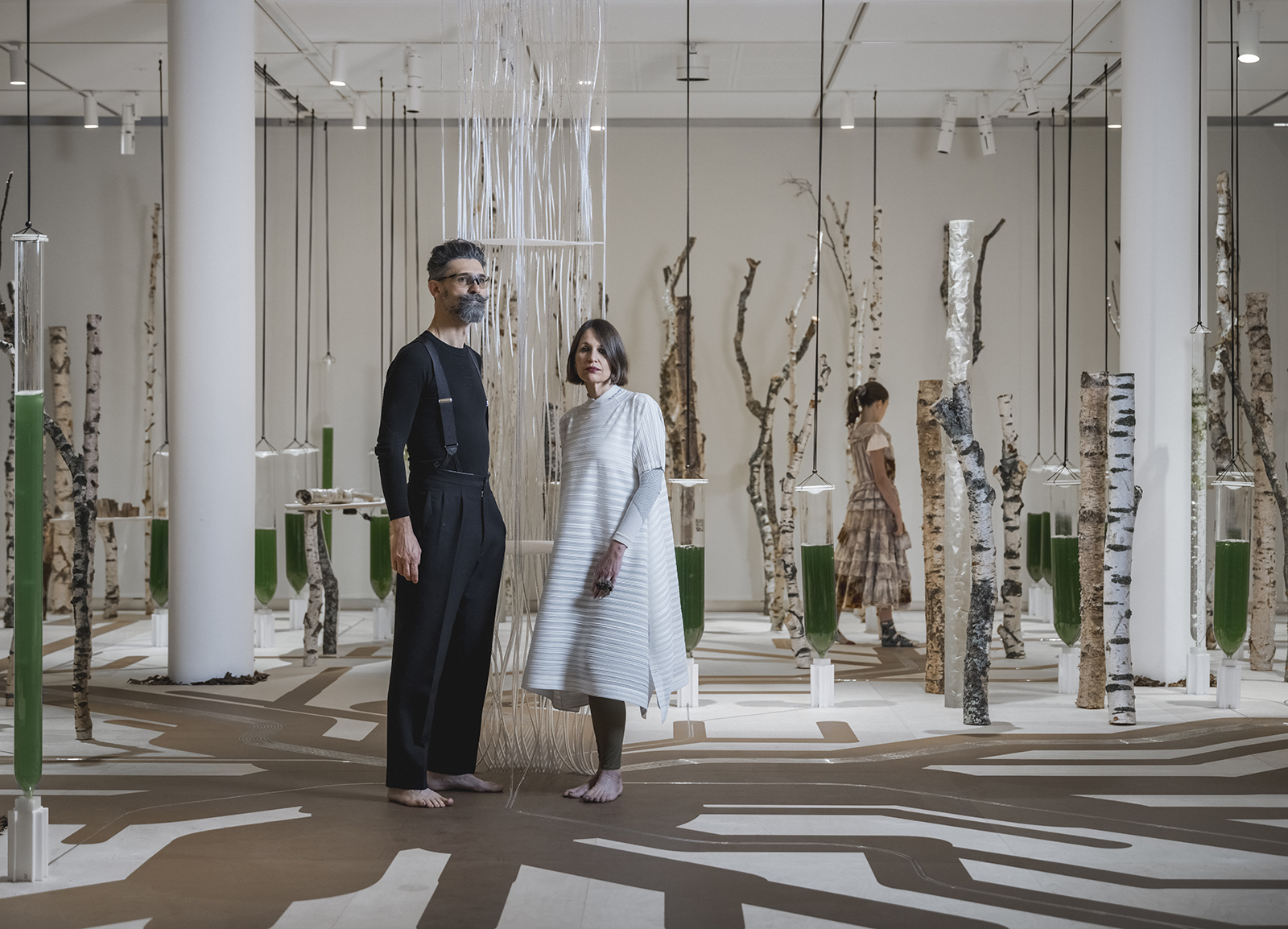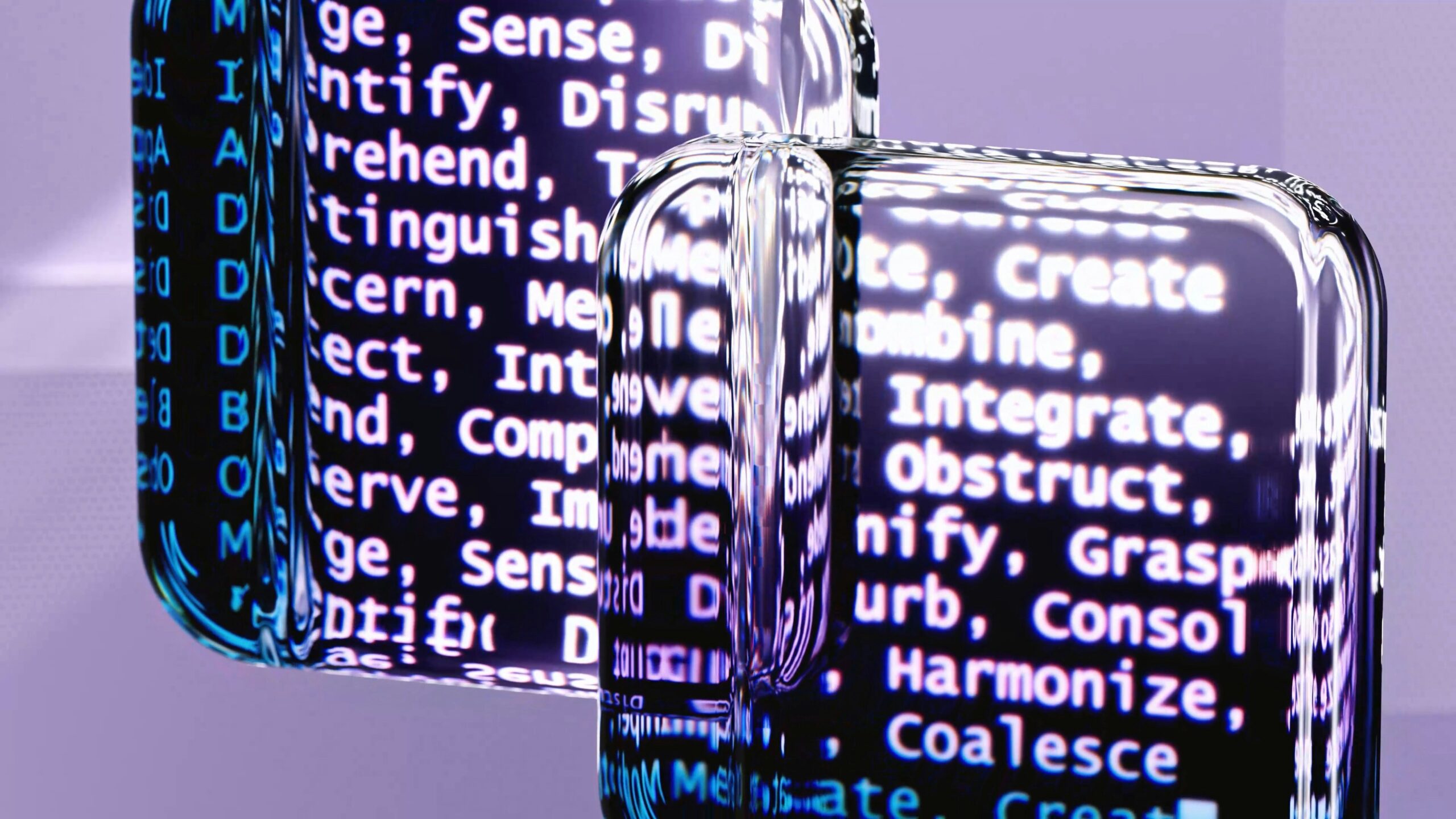In today’s hyper-connected world, the concept of privacy is constantly evolving, especially for individuals seen through the public eye. Amongst public figures, especially artists find themselves often walking a tightrope between self-expression and the urge for privacy. Particularly when their work delves into autobiographical realms. This essay delves into the intricacies of privacy matters for public people, focusing on artists and the autobiographical dimensions of their work in relation to the public audience.
Privacy is fundamental for Public Figures
Privacy, as a fundamental human right, is often more complex for individuals who have attained a certain degree of public prominence. Public figures, including known artists, frequently experience a blurring situation of boundaries between their personal lives and professional correlations. Whilst they willingly embrace the spotlight for their craft, they deserve the right to safeguard certain personal aspects of their lives from public scrutiny.

However, the line between what constitutes public interest and causes the invasion of privacy appears to be a thin line. The public’s fascination with artists, immerses and extends beyond their work to their personal lives, creating a demand for intimate details. This intrusion can infringe upon the artist’s autonomy and mental well-being, leading to a loss of control over their narrative.
Lady Diana, Brittney Spears and the media: Enemy or Ally?
Lady Diana’s private moments were often invaded by invasive paparazzi, who pursued her relentlessly, capturing her every move. Similarly, Britney Spears faced intense media scrutiny, with tabloids hounding her personal life and exploiting her struggles for sensational headlines. Both iconic figures struggled to maintain privacy amidst the constant glare of media attention, highlighting the challenges faced by public figures in preserving their personal boundaries.
The successful #FreeBritney movement, fueled by fans advocating for her autonomy, underscores the complexities of navigating fame, privacy, and media intrusion in the digital age. As Spears strives to assert her agency amidst the relentless scrutiny in the past, her story serves as a poignant reminder of the delicate balance public figures must strike between maintaining privacy and engaging with the media.
However Lady Diana was not able to prevent, what was happening to her before she tragically died in 1997. Her relationship as the queen of hearts for the people and tragic victim of the media, remains an example on how important privacy matters are nowadays in times of social media.
Autobiographical Aspects within the Artistic process
Artists often draw their inspiration from personal experiences, emotions and struggles, infusing their work with autobiographical and often delicate elements. Whether it’s through music, literature, visual arts, critique or performance, artists use their creative platforms to explore and express their innermost contradictions, ideals and emotions. This authenticity forms a profound connection between the artist and the audience, allowing viewers to glimpse into the artist’s psyche.

The Richard Wagner controversy
Richard Wagner, renowned for his groundbreaking contributions to opera, intertwined his art with political statements that sparked both admiration and controversy. His operas, such as “The Ring Cycle” and “Tristan und Isolde,” reflected his ideological beliefs, often conveying themes of nationalism and anti-Semitism. Wagner’s political affiliations and outspoken views continue to be scrutinized, challenging audiences to grapple with the complexities of separating the artist from their work.
While Wagner’s operas remain staples of the classical repertoire, contemporary audiences approach his work with a critical lens, acknowledging both its artistic brilliance and its problematic aspects. Efforts to reconcile Wagner’s contributions to music with his troubling ideologies highlight the ongoing debate surrounding the intersection of art and politics nowadays.
However, the revelation of autobiographical content and its significance for the artistic work, might become a double-edged sword. This personal content enriches the audience’s understanding and appreciation of the arts. Moreover, exposing the artist’s vulnerabilities or their influences. This transparency due social media and the urge for news, can invite both admiration and exploitation, as the public scrutinizes the artist’s life under a magnifying glass.
Navigating the Intersectionality of media and the claim of the public audience
Balancing the privacy of public figures with the autobiographical nature of their work requires a delicate equilibrium. Each artist must retain agency over their personal narratives while acknowledging the public’s legitimate interest in their creative process and inspirations. Establishing boundaries and asserting control over what aspects of their lives are shared publicly is essential for preserving their autonomy and mental well-being.

Furthermore, the responsibility lies not only with the artists but also with the audience and media. Respect for the artist’s privacy should be paramount, with a recognition that their humanity extends beyond their art. Engaging with their work should not equate to invasive curiosity about their personal lives.
The Unveiling of the Artists’ Autobiographical influence within their Works
The privacy of public figures, particularly artists, is a multifaceted issue that warrants careful consideration. Whilst the autobiographical aspects of their work offers a glimpse into their inner worlds, all artists deserve the right to maintain their personal boundaries. In each case, artists have the right to protect their privacy.
By fostering a culture of respect and understanding, we’re able to appreciate the artists’ creative expressions and respect their individual claim for autonomy. Ultimately, it is through this mutual truth, that the true essence of art can be fully appreciated by the public audience, without knowing all of the artists personal details.
















You must be logged in to post a comment.